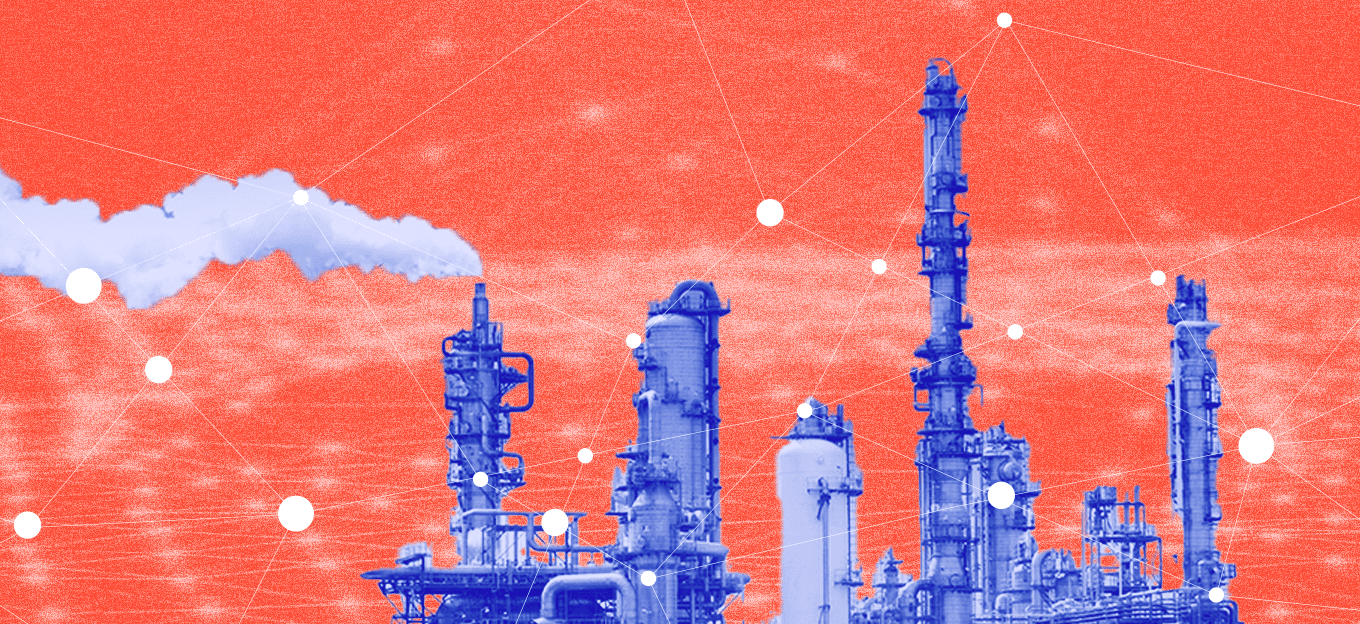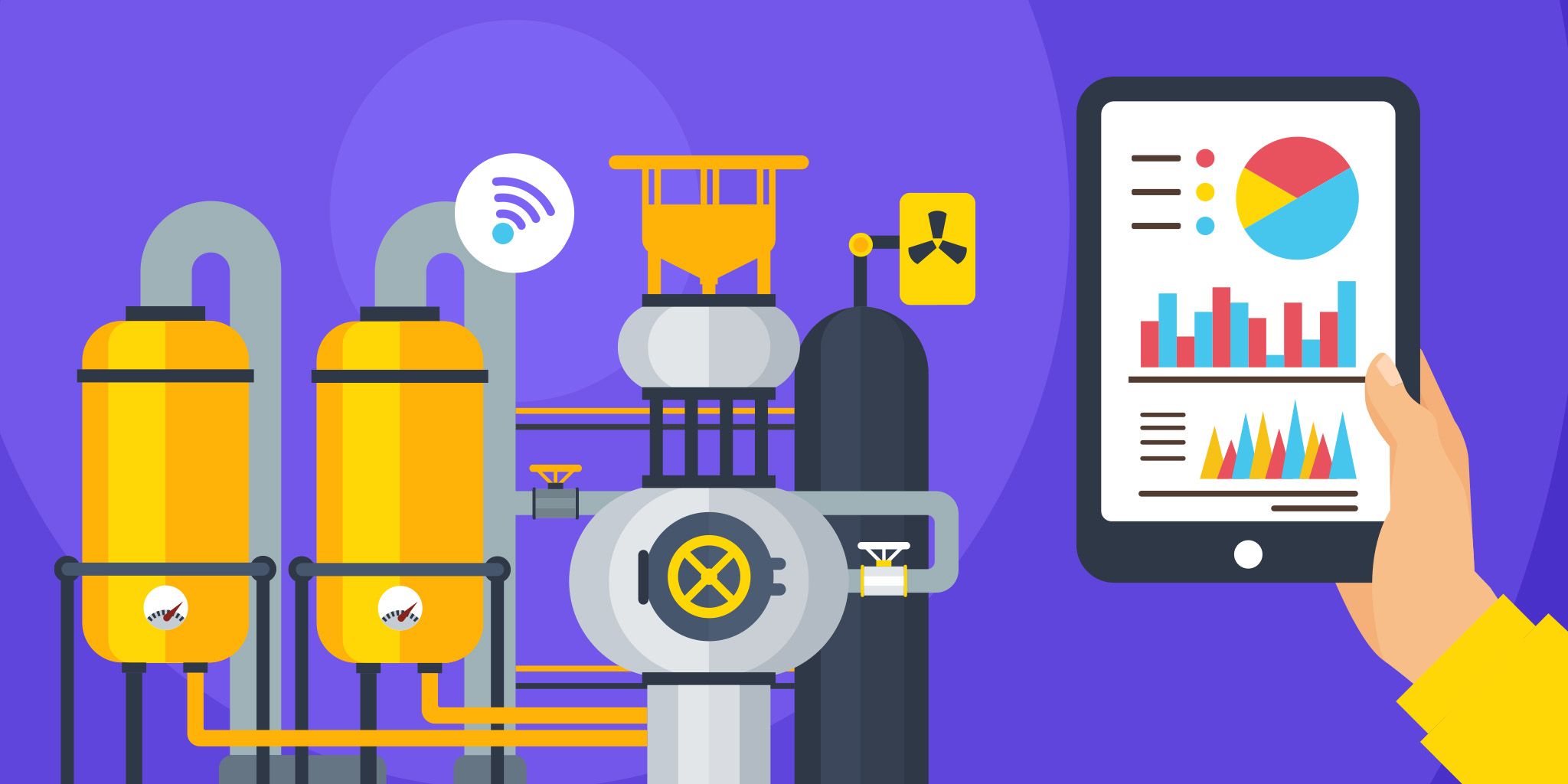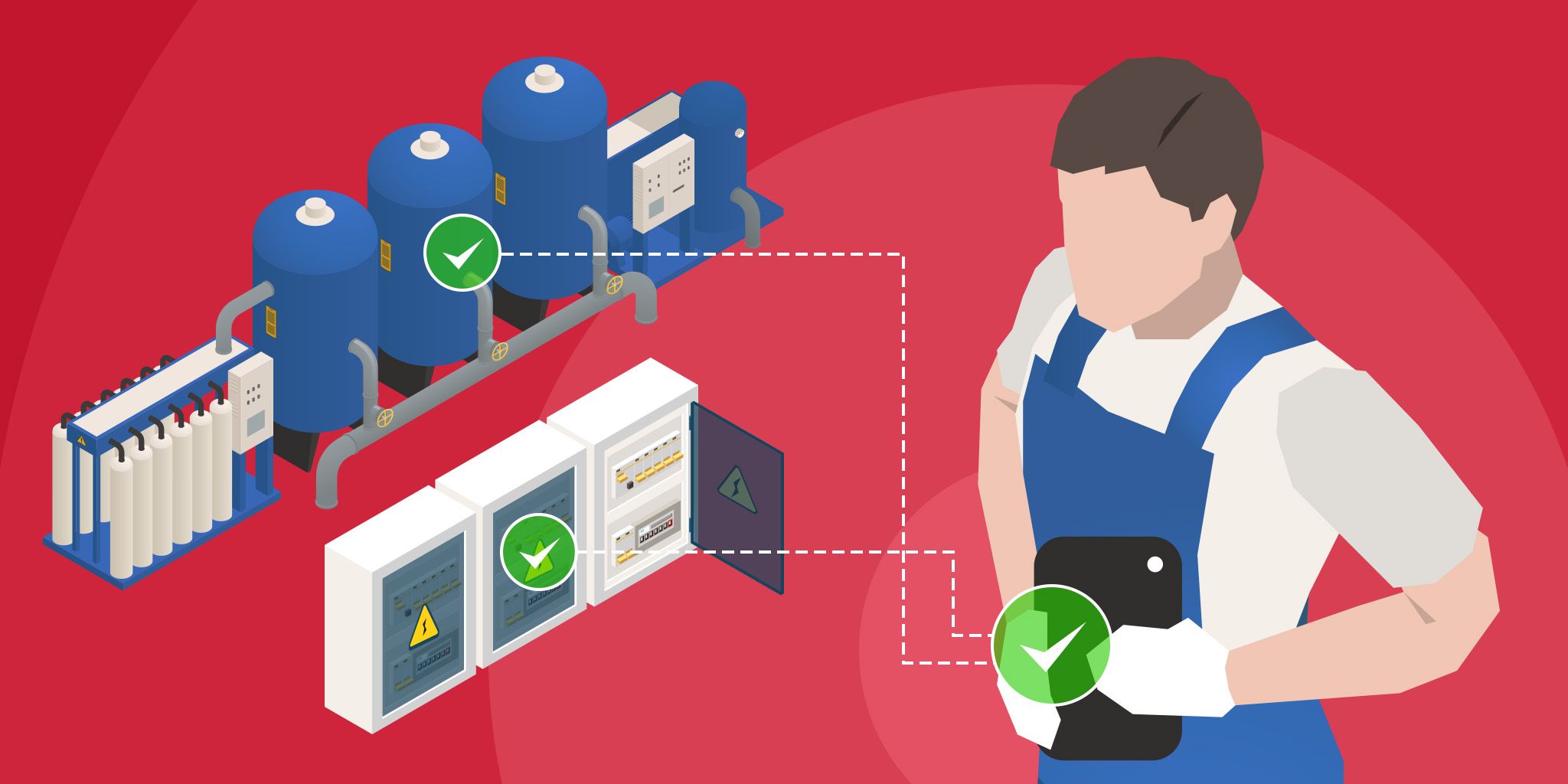Best Practices for Building IIoT Energy Monitoring Applications
Best Practices for Building IIoT Energy Monitoring Applications
- Last Updated: May 27, 2025
Tiger Data
- Last Updated: May 27, 2025



If you are building Industrial IoT (IIoT) energy monitoring applications in the oil & gas, solar, and wind industries, you’re likely facing some challenges in creating a robust data foundation capable of handling IIoT data at scale. The greatest difficulty lies in choosing a cost-effective enterprise-grade stack that natively accommodates Information Technology (IT) and Operational Technology (OT) data, eliminates data silos, and ingests, processes, analyzes, and visualizes data in real time.
Traditional and renewable energy monitoring solutions often involve collecting data from devices in many different locations with poor internet connectivity and then sending that data to a pipeline that processes it and stores it in the database. Databases with a built-in console allow energy producers to analyze the data via pre-defined visualizations and filters, enabling energy producers to optimize energy asset usage and match supply to demand. But what database checks all the boxes for this use case?
In this article, we’ll explore:
- Core architectural components needed for scalable IIoT data management
- How a time-series and real-time analytics database can handle the velocity and volume of industrial sensor data
- Why Timescale Cloud is an ideal choice for demanding workloads and for interoperability in deploying energy monitoring applications
Let's dive in.
Scalable IIoT Energy Monitoring Applications: Core Architectural Components
Digitizing industrial operations, such as energy monitoring applications in IIoT settings, comes with a few top challenges:
- Establishing a secure and seamless data capture, management, and exchange
- Integrating remote assets with SCADA systems and legacy infrastructure
- Costly bandwidth
- Unreliable edge networks
Additionally, as energy projects expand geographically, the data foundation for ingestion, storage, and analytics has to be ready to scale with operations to handle an increasing number of sites.
In the energy sector, IIoT deployments produce high-speed data at a massive scale. Whether it's wind turbines generating gigabytes of telemetry per day, solar farms monitoring weather patterns, or oil rigs tracking equipment health, building a scalable architecture to manage this data involves key components:
1. Edge Computing for Local Data Processing
Edge computing is pivotal in the IIoT landscape, particularly for applications requiring real-time processing, low latency, and data locality. By processing data locally, edge devices reduce the latency of decision-making and minimize the bandwidth required to transmit raw data to centralized systems. In energy operations, edge computing is essential for real-time applications like predictive maintenance and safety monitoring.
2. Stream Processing for Real-Time Data Ingestion
IIoT installations generate streams of continuous data. Effective data architectures need stream processing frameworks—like Apache Kafka—to handle real-time ingestion. Such tools enable you to buffer, process, and transform data before it reaches the central data repository. When dealing with intermittent connectivity common in energy management scenarios, robust stream processing handles the "gap" between when data is generated and when it can be successfully stored.
3. A Time-Series Optimized Database
Every measurement from a sensor is timestamped, making it critical to use a database that's optimized for time-series data. Such a database should provide efficient data ingestion, high compression, fast querying, and time-based optimizations that automate sensor data processing and management. Modern systems are increasingly moving beyond traditional data historians to more flexible and scalable solutions.
4. Cloud Scalability and Interoperability
Cloud infrastructure ensures scalability, availability, and cross-region interoperability. Apart from reducing the database management burden, a robust cloud platform with a rich ecosystem allows easy integration with existing tools and workflows—critical for industrial organizations modernizing legacy systems.
5. Machine Learning and Analytics Layers
To unlock insights from IIoT data and predict demand, an energy monitoring application needs to support advanced analytics and machine learning. Platforms like TensorFlow or PyTorch can be layered on top of your data pipeline, enabling predictive maintenance, energy forecasting, and optimization.
The core components outlined above form the backbone of scalable IIoT architectures. Among these, a database optimized for time series plays a key role in overcoming the challenges of handling high-velocity, high-volume sensor data. Time-series databases transform energy monitoring by optimizing ingest performance, query responsiveness, and cost efficiency. Let's explore how.
Addressing Sensor Data Velocity and Volume Challenges in Energy Monitoring Applications
Energy infrastructure is considered critical infrastructure. Energy systems require near real-time monitoring and control capabilities to maintain grid stability and optimize resource usage. Due to the scale and nature of energy installations, energy monitoring involves high-speed, data-intensive workloads. Let's examine the key database challenges in energy monitoring applications and various approaches to address them.
Ingest Performance Requirements
Energy monitoring systems must handle continuous data streams from thousands or even millions of sensors simultaneously. As device counts grow, databases need efficient ingestion mechanisms to prevent bottlenecks. Different database technologies take various approaches to this challenge:
- Specialized time-series databases implement automatic partitioning and optimized write paths
- NoSQL solutions like Cassandra or MongoDB offer distributed architectures for horizontal scaling
- Stream processing platforms combined with traditional databases provide buffering layers
- Relational databases with extensions can be optimized for high-throughput time-series workloads
The right approach depends on your specific requirements, existing infrastructure, and team expertise.
Query Performance Considerations
Energy monitoring applications demand responsive UIs where users can analyze metrics in real time. As data volumes grow into the terabyte or petabyte range, query performance becomes increasingly challenging. Several strategies can address this:
- Materialized views that pre-compute common aggregations
- Columnar storage formats that improve analytical query performance
- Partitioning strategies based on time ranges or other dimensions
- Query optimization techniques specific to time-series data patterns
- Caching layers for frequently accessed metrics
Evaluating these approaches against your specific workload patterns is essential for long-term success.
Cost-Efficiency Strategies
As data volumes increase, infrastructure costs can spiral out of control without proper optimization. Several approaches can help manage costs:
- Data compression techniques specifically designed for sensor data patterns
- Automated retention policies that archive or delete data based on age or importance
- Storage tiering that moves older data to less expensive storage options
- Right-sizing compute resources based on actual query patterns
- Optimizing data models to reduce storage requirements
The most cost-effective solution will balance performance requirements with budget constraints while maintaining the flexibility to adapt to changing business needs.
Key Considerations for Database Selection in Energy Monitoring Applications
When evaluating database options for energy monitoring applications, several factors should guide your decision-making process:
1. Reliability and Robustness
Mission-critical energy applications demand database systems with proven reliability. Consider factors such as:
- Data integrity guarantees (such as ACID compliance in relational systems)
- Backup and recovery capabilities
- High availability features
- Disaster recovery options
- Proven track record in similar mission-critical deployments
2. Specialized Data Handling Capabilities
Energy monitoring generates specific data patterns that benefit from specialized handling:
- Efficient ingestion mechanisms for high-frequency sensor data
- Flexible storage strategies that can adapt to varying data volumes and access patterns
- Robust aggregation tools for summarizing large datasets efficiently
- Time-based data management features that recognize the temporal nature of sensor data
- Late-arriving data handling capabilities for managing unreliable connections from remote sites
3. Interoperability and Open Standards
IIoT energy monitoring applications often involve integrating data from legacy equipment by various manufacturers and modern platforms that speak different languages. Look for database solutions that facilitate integration with existing systems and ensure compatibility with a wide range of tools and protocols, including:
- SQL-based querying for interoperability with BI tools
- Support for JSON to handle semi-structured data
- Extensions for geospatial analytics
- Integrations with industrial communications protocols (such as MQTT and OPC UA)
- Integrations with stream processing frameworks like Apache Kafka
4. Cloud Scalability and Managed Services
The ideal database solution provides elastic storage to handle growing workloads without downtime. Managed services that handle automated backups, point-in-time recovery, zero-downtime updates, high availability, automatic failover, and monitoring free developers to focus on building applications instead of managing infrastructure.
5. AI and Vector Capabilities
Modern database solutions should support AI applications with:
- Simplified data storage and retrieval for retrieval-augmented generation (RAG)
- High-performance vector similarity search capabilities
- Data locality that allows running analytics where your data already lives
- Support for real-time anomaly detection, predictive maintenance, and load forecasting
6. Developer-Friendly Ecosystem
A rich ecosystem of libraries, extensions, and integrations ensures that energy companies can leverage existing developer expertise while adopting cutting-edge time-series capabilities.
Building robust IIoT energy monitoring applications requires a thoughtful architecture that can handle the unique challenges of industrial environments. By implementing the core components discussed in this article—edge computing, stream processing, time-series databases, cloud infrastructure, and analytics layers—developers can create scalable and efficient energy monitoring solutions.
Conclusion
Delivering reliable, scalable IIoT energy monitoring requires more than just collecting data. It demands infrastructure built for high-ingest, real-time analytics, and long-term efficiency. As energy systems become more distributed and data-intensive, teams need a database foundation that can keep pace.
Modern industrial platforms are increasingly turning to open technologies that extend proven relational databases with time-series, real-time, and AI capabilities. These solutions support architectures that ingest millions of metrics per second, compress data by over 95%, and deliver sub-second query performance—even across petabyte-scale datasets. This level of performance is powering energy platforms that monitor, optimize, and adapt in real time, helping organizations make smarter decisions across the grid.
This article was written by Anya Sage and originally published on the Timescale official blog on January 27, 2025.
The Most Comprehensive IoT Newsletter for Enterprises
Showcasing the highest-quality content, resources, news, and insights from the world of the Internet of Things. Subscribe to remain informed and up-to-date.
New Podcast Episode

What is Hybrid Connectivity for IoT?
Related Articles




